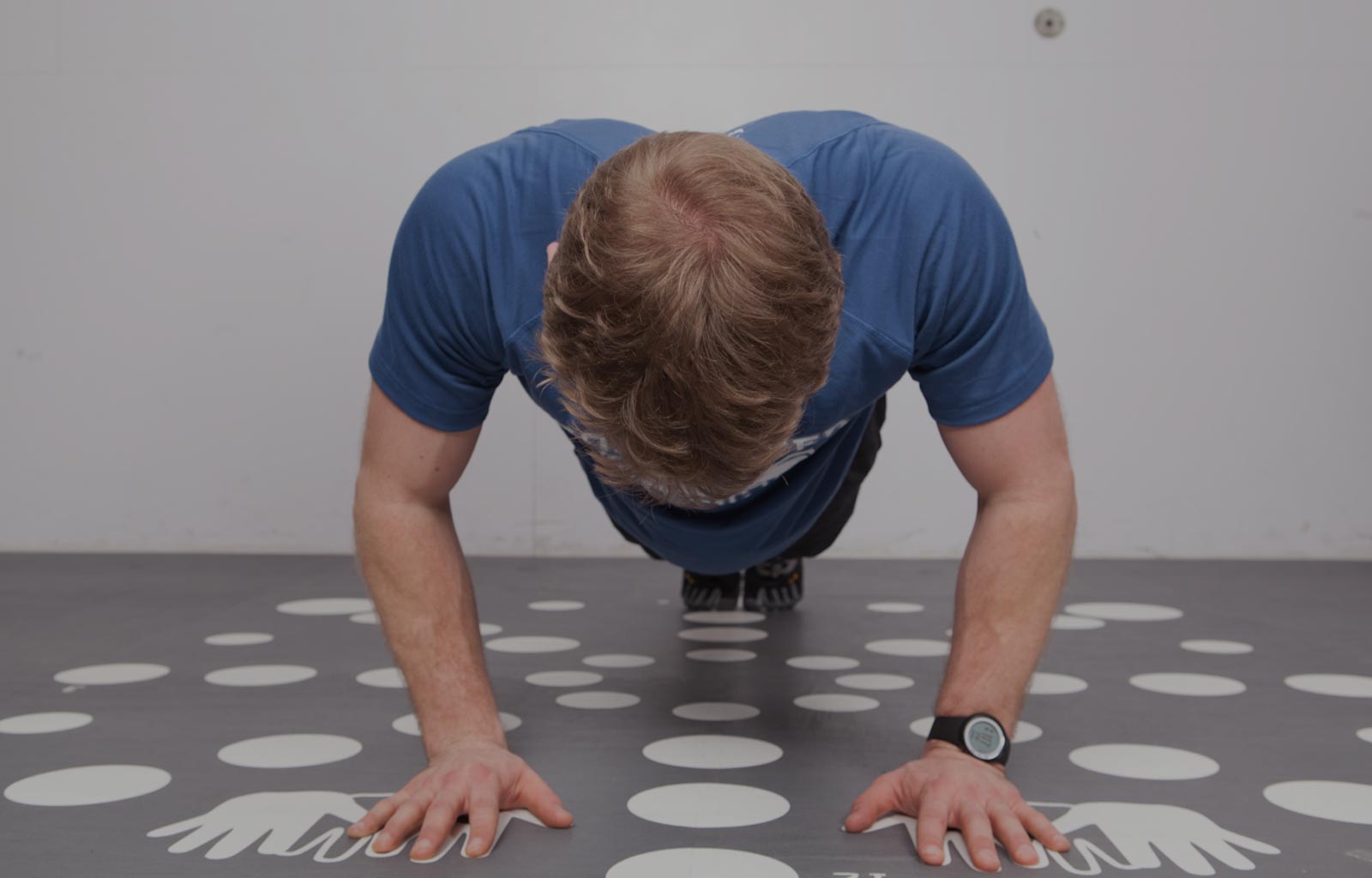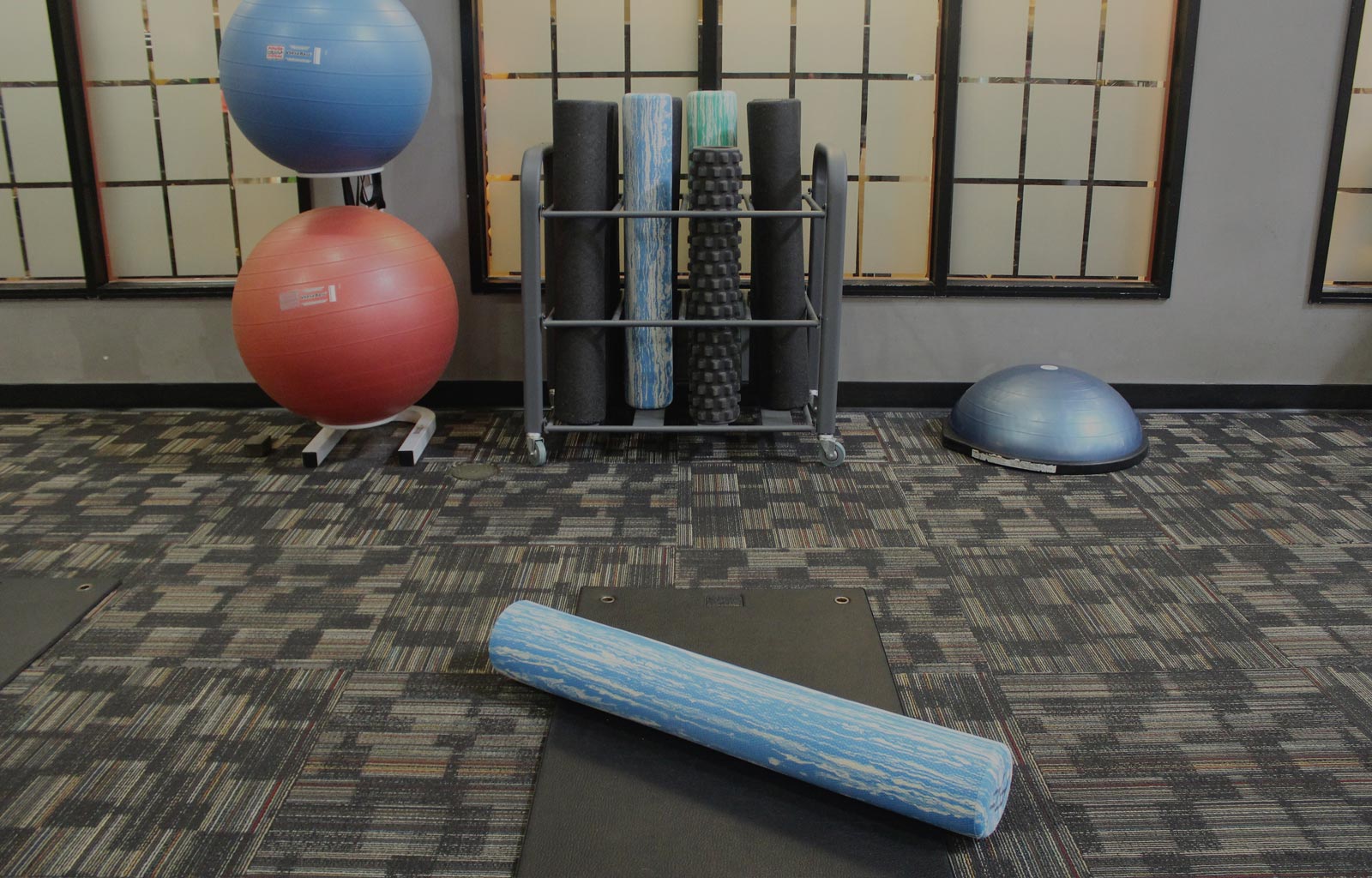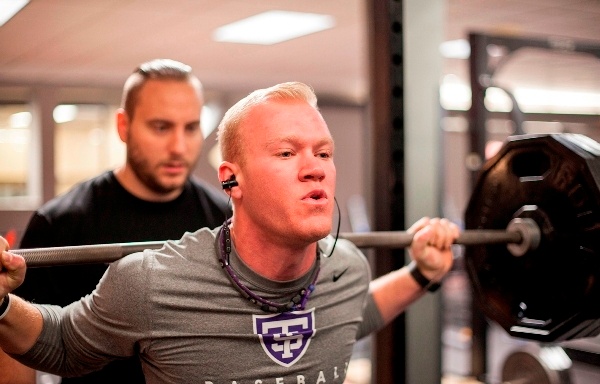Core strength and the concept of bracing are two components that are essential to any exercise routine. Unfortunately, a lot of people are unaware of their significance and do not know how to brace their core. They often think that engaging the core means to suck their belly button in towards the spine which is completely false. In this article, I will explore why core strength and bracing are so important, provide an explanation of proper core bracing and engagement, and give some tips for incorporating them into your exercise routine.
The core muscles include the rectus abdominis, multifudi, obliques, deep transversospinalis, the pelvic floor muscles, transverse abdominis, erector spinae, and quadratus lumborum. They are located in the midsection of the body and play a crucial role in maintaining posture, stability, and balance1. Building strength in these muscles and understanding how to brace properly can provide many positive benefits.
Key Benefits
Prevent Injury
Core muscles act as a stabilizing force for the entire body, and when they are weak or not engaged properly, the risk of injury increases. This is especially true for the lower back, which is a common site of injury in athletes and non-athletes alike. Strengthening the core muscles through exercises such as planks, crunches, and back extensions can help to reduce the risk of lower back injury by improving spinal stability and reducing the load on the back muscles2.
Bracing the core during exercises like squats, deadlifts, and overhead presses can also help to prevent injury by providing a stable base of support for the body and reducing the risk of spinal flexion or hyperextension.
Improve Athletic Performance
Core muscles: Many sports require a strong, stable core for optimal performance, including gymnastics, martial arts, and basketball. Core strength can help to improve balance, coordination, and power, which are all essential for success in these sports.
Bracing the core during exercises can also help to improve athletic performance by allowing for more efficient transfer of force from the lower body to the upper body. For example, bracing the core during a squat or deadlift can help to generate more power and lift heavier weights. Bracing the core during a push-up or plank can also help to improve upper body strength and stability.
Enhance Physical Fitness
Core muscles: A strong, stable core can improve posture, balance, and coordination, making everyday activities easier and more efficient. It can also improve flexibility and range of motion, allowing for a greater range of motion in exercises like lunges, twists, and side bends.
Bracing the core during exercises can also help to increase the intensity of the workout, leading to greater calorie burn and improved cardiovascular fitness. This is because bracing the core requires more energy than simply going through the motions of an exercise without engaging the core muscles.
How to Brace
1. Focus on your breathing
Proper breathing is essential for bracing. Think of your trunk as a soda can. An unopened can is able to support heavy weight while an empty can gets crushed under that same weight. The key is to force air into the stomach rather than the chest3. A mistake that often occurs is having an exaggerated chest movement while inhaling which leads to less intra-abdominal pressure.
To breathe properly take a deep breath through your mouth with minimal chest expansion forcing air into your stomach and hold it, then brace your core muscles as if you are preparing to take a punch in the stomach. This will help to stabilize your spine and improve your posture. If you are holding a position for a period of time (like a plank) you will continute to breathe in and out keeping the bracing sensation.
2. Engage your core muscles
To brace your core, engage the muscles in your abdomen, lower back, and pelvis. Tilt your pelvis posteriorly and squeeze your glutes. This will create a stable base of support for your body.
3. Practice the “Sandwich Drill” with a mirror
Bracing can be difficult to master, so it’s helpful to practice in front of a mirror to ensure you are engaging the right muscles and maintaining proper form. Clasp your hands around your waist and take a deep breath in through your mouth into your stomach. You can feel and see your trunk expand laterally.
4. Start with bodyweight exercises
If you are new to bracing, start with bodyweight exercises like planks and push-ups to get a feel for the technique. Once you have mastered the basics, you can progress to weighted exercises like squats and deadlifts.
5. Incorporate bracing into your daily life
Bracing isn’t just for exercise – you can use it in your daily life to improve your posture and reduce the risk of injury. Practice bracing when lifting heavy objects, standing for long periods of time, or performing any activity that requires stability and balance.
Tips for Success
Start Slowly
If you’re new to exercise or haven’t focused on core strength in the past, it’s important to start slowly and gradually increase the intensity of your workouts. Begin with basic exercises like planks, crunches, and back extensions, and gradually increase the duration and intensity of these exercises over time.
Focus on Form
It’s important to focus on proper form when performing core exercises, as poor form can increase the risk of injury and reduce the effectiveness of the exercise. Keep your back straight, engage your core muscles, and avoid arching your back or letting your hips sag.
Incorporate Bracing into Your Workouts
Bracing the core during exercises can be challenging, but it’s an important technique for maximizing the benefits of your workout. Practice bracing during exercises such as squats, deadlifts, push-ups, and planks to improve stability, balance, and power. By incorporating bracing into your workouts, you can improve your overall fitness and reduce the risk of injury. With practice and patience, bracing can become second nature and help you achieve your fitness goals.
References
- Akuthota V, Ferreiro A, Moore T, Fredericson M. Core stability exercise principles. Curr Sports Med Rep. 2008 Feb;7(1):39-44. doi: 10.1097/01.CSMR.0000308663.13278.69. PMID: 18296944.
- Huxel Bliven KC, Anderson BE. Core stability training for injury prevention. Sports Health. 2013 Nov;5(6):514-22. doi: 10.1177/1941738113481200. PMID: 24427426; PMCID: PMC3806175.
- Behm DG, Drinkwater EJ, Willardson JM, Cowley PM; Canadian Society for Exercise Physiology. Canadian Society for Exercise Physiology position stand: The use of instability to train the core in athletic and nonathletic conditioning. Appl Physiol Nutr Metab. 2010 Feb;35(1):109-12. doi: 10.1139/H09-128. PMID: 20130673.




